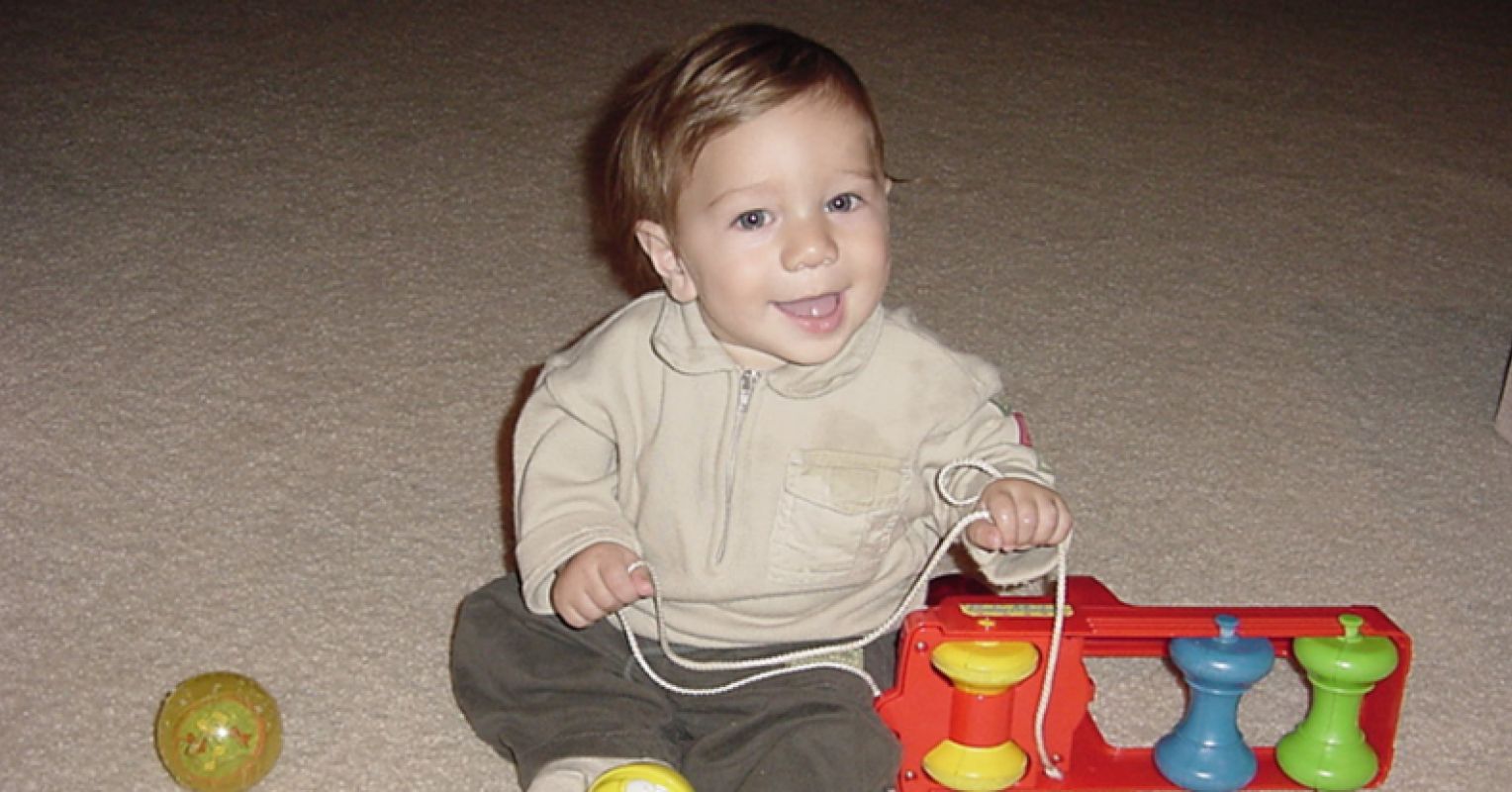970x125
Here’s a photo of my son Jon at six months old (he’s now 24). Most people looking at it would say something like, “What a cute little person!”
Almost no one would say, “What a cute baby ape!”
Yet, oddly enough, from a technical scientific perspective, that would be the more accurate statement.
This blog is about why that is and why it matters.
Language Matters, and It’s Messy
To make sense of this, we need to consider the nature of language. Words don’t have fixed meanings. Their meaning depends on context, history, and how we use them in everyday life. For example, depending on the context, a “bug” can be an insect on your plant, a glitch in your computer, or the virus making you cough.
Now consider the word “ape.” In casual conversation, “ape” usually refers to big, tailless, nonhuman primates like gorillas, chimpanzees, or orangutans. And it is often used to distinguish “them” from “us.” If we use the word this way, it follows that Jon isn’t an ape. He is a human, which also means he is a person in everyday language.
But, crucially, the language of science tells us a different story.
The Scientific View: We Are Great Apes
From a biological standpoint, organisms are classified through a taxonomic hierarchy: kingdom, phylum, class, order, family, genus, species. Homo sapiens (i.e., modern humans) fall squarely within the family Hominidae. In the language of science, this family is known as the family of great apes. It includes chimpanzees, bonobos, gorillas, and orangutans. And it includes us as well. So, Jon, at six months old, was quite literally a great ape. Of course, he still is. And so am I. And so are you.
It is crucial to understand that this claim is not about evolution or Darwinian theory. It is about taxonomy and clarifying the kinds of things we are in the world. To deny that humans are apes in the scientific sense of the word is like denying that we are animals or organisms. It’s not an opinion or a theory. It’s a basic, indisputable scientific fact, akin to the claim that the molecular structure of water is made up of two parts hydrogen and one part oxygen.
What About “Person”?
Now let’s consider the word “person.” In everyday usage, “person” is basically synonymous with “human.” It’s how the word is used in courts, dictionaries, and daily conversations. Jon was, of course, a person in this sense.
But that’s not the technical definition of a person.
According to more rigorous definitions, a person is a being with certain attributes: reason, morality, self-awareness, and participation in cultural norms. That means personhood is about competencies, not about species. To see this clearly, we can turn to science fiction. It has given us many examples of persons who are not human. Think Jabba the Hutt in Star Wars or the Klingons in Star Trek.
Seen this way, personhood is not automatically conferred by being human. Rather, it is a capacity that develops in humans. And, as adorable as he was, Jon didn’t yet have those competencies at six months. He couldn’t talk, reason, or take moral responsibility. And he wasn’t reflecting on his existence and justifying his thoughts to others. So, technically, Jon was an ape, but was not (yet) a person.
Why This Matters
This isn’t just fancy wordplay. The fact that we instinctively call Jon a person and not an ape when the technical reality is precisely the opposite points to a deeper issue. It makes clear that our common-sense language for understanding the world and our place in it is misaligned with what science tells us. And this mismatch creates confusion about who we are, how we relate to the rest of life, and what kind of lives we ought to live.
Bridging this gap is crucial. If we want to create a more coherent worldview, one that integrates science, nature, culture, and ethics, we must update how we think—and talk—about ourselves.
This journey toward proper alignment starts by recognizing some surprising truths. Like recognizing the fact that my baby boy, smiling up from that photo, was not a little person but a baby ape.



